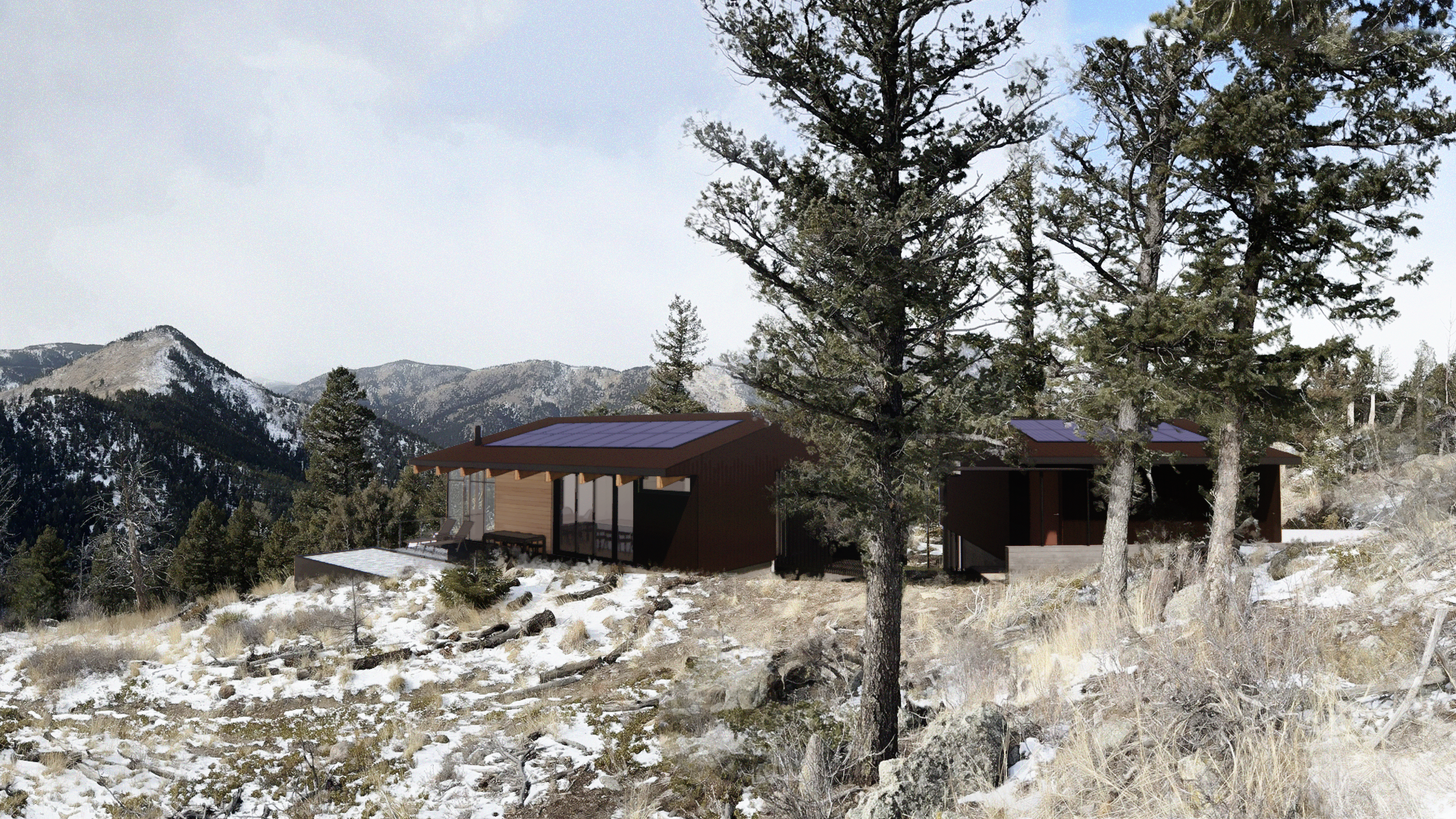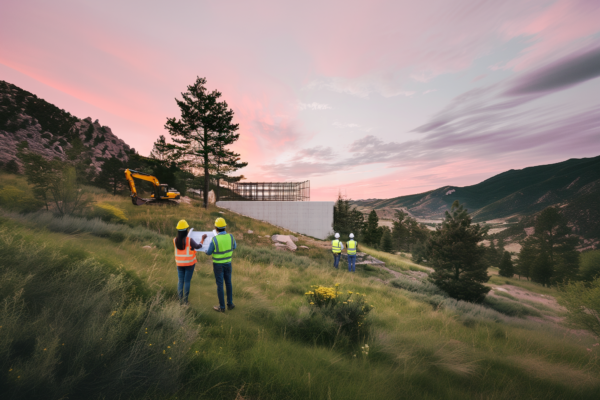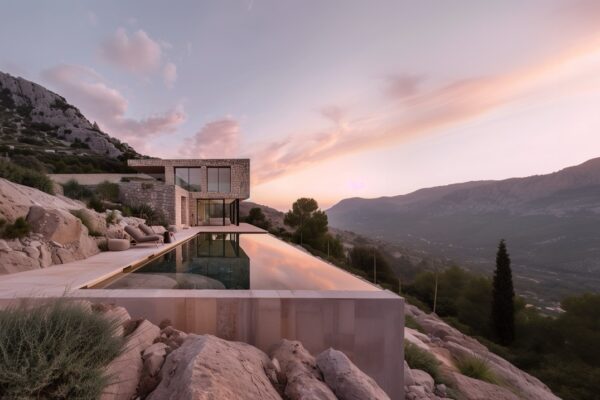Zero Energy Homes: The Future of Sustainable Architecture
I’ve always been fascinated by the idea that a home can generate as much energy as it uses, creating a harmonious balance with the environment. Over the years, I’ve seen zero energy homes evolve from a niche concept into a practical solution for those seeking sustainability and long-term savings. By employing energy-efficient techniques and harnessing renewable power sources, these residences pave the way for a cleaner, more cost-effective future. Even more exciting, zero energy homes are increasingly adaptable to different climates, architectural styles, and budgets—making them accessible to a wider range of homeowners.
What Is a Zero Energy Home?
A zero energy home (ZEH) is designed to produce as much energy as it consumes over the course of a year. This goal is achieved through a combination of energy-efficient features—like high-performance insulation, airtight construction, and advanced HVAC systems—and on-site renewable energy sources. In my practice, solar panels remain the most common choice, but I’ve also integrated wind turbines and geothermal systems where site conditions allow. The idea is straightforward: reduce energy demand through careful design and efficient systems, then meet that reduced demand with clean, renewable power.
To better understand how it works, think about the “energy budget” of a home. Every light you turn on, every time the HVAC cycles, and every appliance that runs draws from your “account” of energy. In a ZEH, the building envelope, mechanical systems, and occupant behaviors all come together to keep withdrawals (energy use) low. Then, solar panels or other renewable sources deposit enough energy back into that account to reach a net-zero balance by year’s end.
How Do Zero Energy Homes Generate Their Own Power?
Solar panels often serve as the primary energy source, capturing sunlight to produce electricity. Some designs incorporate battery storage solutions to maintain a steady power supply throughout the day and into the evening, ensuring the home remains functional during grid outages or peak demand times. On occasion, I’ve used small-scale wind turbines or geothermal energy when the geographic and climatic conditions support them. While wind turbines can be effective in areas with consistent breezes, geothermal systems can leverage the earth’s relatively stable underground temperatures for both heating and cooling.
For any renewable system, proper sizing is critical. An undersized array may not generate enough electricity to offset consumption, while an oversized system could lead to unnecessary costs. In practice, I begin by calculating a home’s projected energy load based on appliances, HVAC demands, and occupant behavior. Then, I work with specialized engineers or renewable energy consultants to determine the optimal size and placement of panels or turbines. In some cases, local regulations and incentives also influence design choices, because certain municipalities offer net-metering programs or rebates for installing renewable technologies.
Benefits of Living in a Zero Energy Home
One of the biggest advantages I’ve seen among my clients is the significant reduction in monthly utility bills—often dropping close to zero. Over a year, the savings can be substantial, freeing up capital that can be used for other investments or lifestyle upgrades. But beyond financial benefits, these homes also offer a smaller carbon footprint, a healthier indoor environment, and enhanced resilience in the face of rising energy costs.
Many homeowners describe the experience as empowering, knowing their property is largely self-sustaining. There’s also a psychological component: living in a home that aligns with your environmental values can enhance overall satisfaction and pride of ownership. Children growing up in zero energy homes often learn the basics of sustainable living early on—like turning off lights when leaving a room and understanding where their energy truly comes from—which fosters an eco-conscious mindset that can last a lifetime.
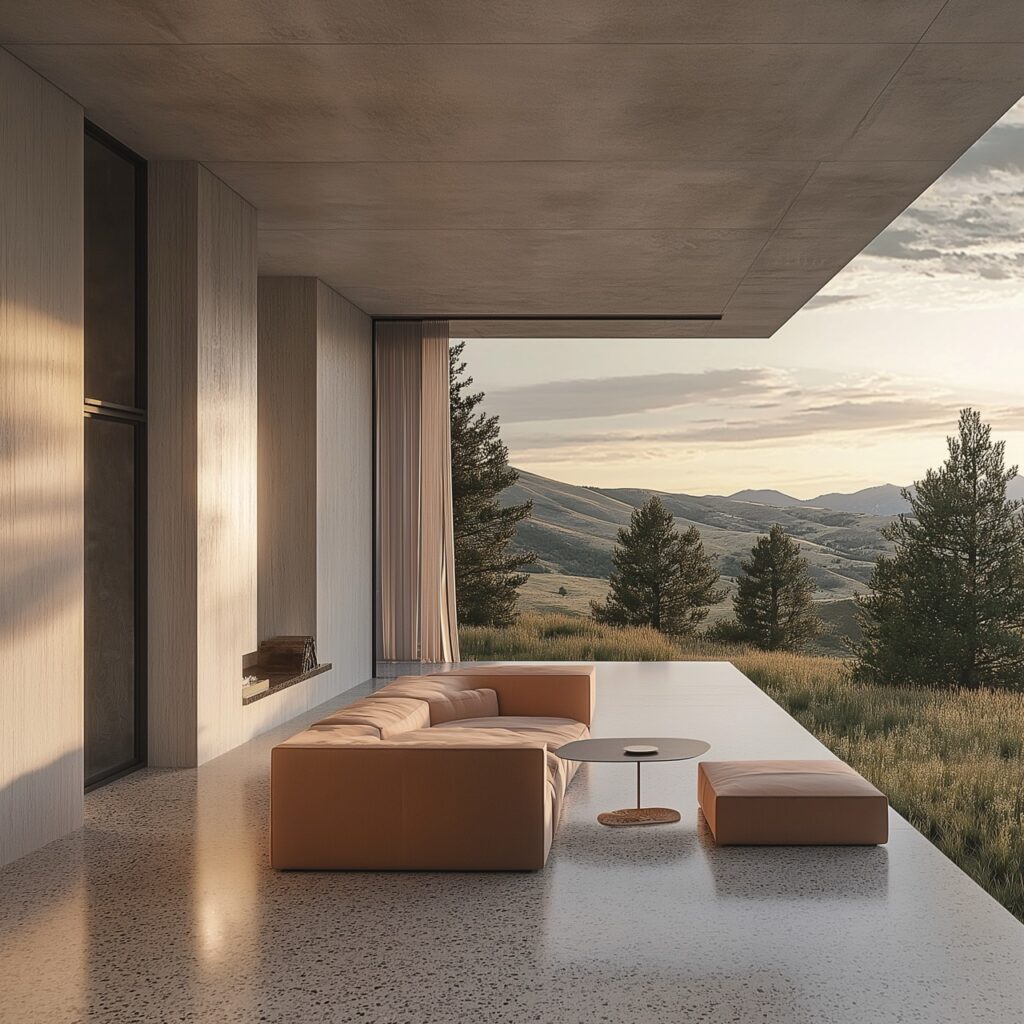
Best Materials for Building Zero Energy Homes
In my experience, material selection can make or break a ZEH project. Airtight construction, combined with high-performance insulation like spray foam, rigid foam, mineral wool, or cellulose, ensures minimal heat transfer. These materials help maintain consistent indoor temperatures, reducing the workload on heating and cooling systems. Proper sealing around windows, doors, and other penetrations—like plumbing or electrical lines—is also critical to prevent air leaks that can drive up energy usage.
For finishes, I recommend sustainable options such as reclaimed wood, recycled composites, or low-VOC coatings. These choices not only reduce environmental impact but also improve indoor air quality by minimizing off-gassing. Locally sourced materials can further decrease the home’s carbon footprint and support regional economies. Additionally, high-performance windows—such as those with triple glazing and low-emissivity coatings—can significantly bolster a home’s energy efficiency by limiting heat loss in winter and heat gain in summer.
Designing for Zero Energy vs. Traditional Homes
Compared to traditional construction, zero energy homes require superior insulation, meticulous air-sealing, and passive solar strategies—like orienting windows to capture sunlight in colder climates or provide shade in hotter ones. While these steps might push the initial cost up by 5–20%, the long-term savings often justify the investment. In many regions, there are also government incentives or utility rebates that ease these upfront expenses.
One key difference is the level of planning and modeling involved. For ZEH projects, I often use energy modeling software to predict heating and cooling loads, ventilation needs, and potential solar generation. This predictive approach allows for fine-tuning design decisions—like roof angles, window placement, or insulation thickness—before construction even begins. These design refinements reduce the likelihood of costly modifications later.
Solar Energy’s Essential Role
Solar energy is usually the star player in any zero energy design. By coupling solar panels with smart inverters, homeowners can monitor production and consumption in real time, making informed decisions about when to use energy-intensive appliances. For example, if you know your solar array generates the most power midday, you can schedule dishwashers or washing machines to run during peak production hours. Some of my clients add battery storage systems, which not only enhance energy independence but also provide backup power during outages—a valuable feature in regions prone to storms or grid instability.
In addition, solar can be integrated seamlessly into the home’s design through architectural elements like solar shingles or solar awnings. While these advanced technologies can sometimes be pricier, they offer a sleek aesthetic that blends with a home’s exterior rather than appearing as a bulky add-on.
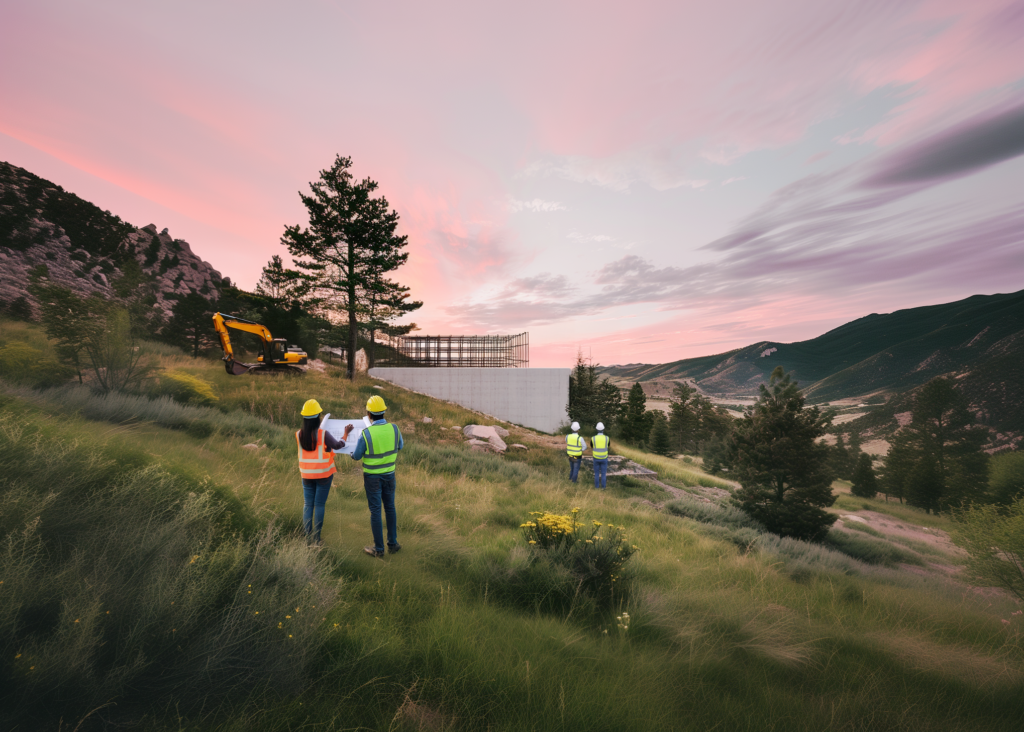
Costs, Incentives, and Payback
While zero energy homes come with higher upfront costs, they frequently pay for themselves within 10–20 years, thanks to dramatically lower energy bills. Government programs like ENERGY STAR or LEED certifications can offer rebates, tax credits, or favorable financing options, making the transition more accessible for many homeowners. In some regions, utility companies offer net metering, where excess electricity generated is fed back into the grid, resulting in credits on your utility bill.
To gauge the financial feasibility, I often advise clients to perform a cost-benefit analysis that includes not only potential savings on utilities but also the home’s increased resale value. As awareness of climate change grows, so does consumer interest in sustainable properties, giving zero energy homes a competitive edge in the real estate market.
Retrofitting Existing Homes into Zero Energy Homes
Zero energy principles aren’t limited to new construction. I’ve worked on numerous retrofits that involve upgrading insulation, installing high-performance windows, adding efficient HVAC systems, and incorporating renewable energy. While it’s more complex than starting from scratch, the results can still be transformative. Homeowners who embark on retrofits often start with a thorough energy audit, using blower door tests and thermal imaging to identify leaks and insulation gaps. These insights inform a targeted renovation plan that maximizes efficiency gains within the existing structure.
Though retrofitting can require careful planning—especially when dealing with older electrical or plumbing systems—the payoff is a dramatically reduced carbon footprint and lower monthly bills. Moreover, preserving older architecture while modernizing its energy profile can be a gratifying process, merging historical charm with cutting-edge sustainability.
The Power of Passive Solar Design in Zero Energy Homes
By carefully positioning windows and selecting materials with good thermal mass, you can naturally regulate indoor temperatures—lowering heating costs in winter and cooling expenses in summer. Concrete floors, tiled walls, or stone countertops can act as heat sinks, absorbing warmth during the day and slowly releasing it at night. In colder climates, large south-facing windows capture sunlight, while overhangs or deciduous trees can shade those windows in summer.
When combined with airtight construction, advanced ventilation, and heat recovery ventilation (HRV) or energy recovery ventilation (ERV) systems, the home becomes a comfortable, efficient sanctuary. An HRV or ERV brings in fresh air while capturing the thermal energy from outgoing stale air, minimizing temperature fluctuations and improving indoor air quality. This integrated approach dramatically reduces reliance on mechanical heating or cooling systems, inching the home closer to the net-zero goal.
ZEHs and Indoor Air Quality
Airtight construction might seem counterintuitive for air quality, but when you add balanced ventilation systems with high-grade filters, you achieve both efficiency and freshness. In my experience, clients in zero energy homes often notice fewer allergens, reduced dust, and an overall healthier indoor atmosphere. Because outside air is filtered, pollutants like pollen or industrial emissions are less likely to enter living spaces, which can be a relief for those with allergies or respiratory concerns.
Additionally, choosing low-VOC finishes, paints, and adhesives can further ensure that the indoor environment remains clean and safe. By controlling not just temperature but also humidity and pollutant levels, ZEHs create living spaces that support overall well-being. Some homeowners even report better sleep and higher productivity in a zero energy home, thanks to the precisely controlled environment.
The Environmental Impact and Resale Value of Zero Energy Homes
From a broader perspective, net-zero homes significantly reduce carbon emissions and reliance on fossil fuels. This environmentally responsible choice also boosts resale value, as more buyers recognize the appeal of living with minimal energy costs and a lower ecological footprint. In regions where renewable energy and sustainable building practices are encouraged, properties with zero energy features often command higher prices, reflecting their advanced design and reduced operational costs.
For communities, greater adoption of ZEHs can alleviate stress on local power grids, lowering the likelihood of blackouts during peak demand. It also signals a cultural shift toward valuing resource efficiency and environmental stewardship. As these homes become more mainstream, their positive ripple effect—reduced emissions, improved air quality, and conservation of finite resources—benefits the entire community.
Key Considerations Before You Begin
When planning a zero energy build, site orientation and local climate are critical. Think about your budget, available incentives, and how you want to integrate renewable technology. If you’re working with a zero energy residential architect, ensure they have the expertise to balance aesthetic and functional demands while maximizing efficiency. Early-stage modeling and careful selection of materials, windows, and mechanical systems can help you avoid costly changes down the road.
Occupant behavior also plays a significant role. Even a well-designed ZEH can fail to achieve net-zero status if residents rely heavily on energy-intensive habits, such as leaving electronics and lights on unnecessarily or frequently using older, inefficient appliances. Education on responsible energy use is therefore an important complement to architectural and engineering solutions.
Final Thoughts
Zero energy homes represent a forward-thinking approach to residential design—blending innovation, sustainability, and comfort under one roof. By pairing energy-efficient construction techniques with on-site renewable power, homeowners can drastically reduce costs and their environmental impact. I’ve witnessed firsthand how these homes transform the way people live, fostering a deeper connection to natural resources and creating a sense of self-reliance. As energy prices continue to fluctuate and environmental concerns grow, investing in a zero energy home is more than a statement—it’s a practical, future-ready solution.
Whether you’re building from the ground up or retrofitting an existing property, the rewards of achieving net-zero status extend well beyond lower utility bills. You’re contributing to a more sustainable planet, enjoying healthier indoor environments, and securing long-term resilience for your household. In my view, these homes are a critical cornerstone in the future of sustainable architecture—a model that harmonizes modern living with respect for the natural world.

